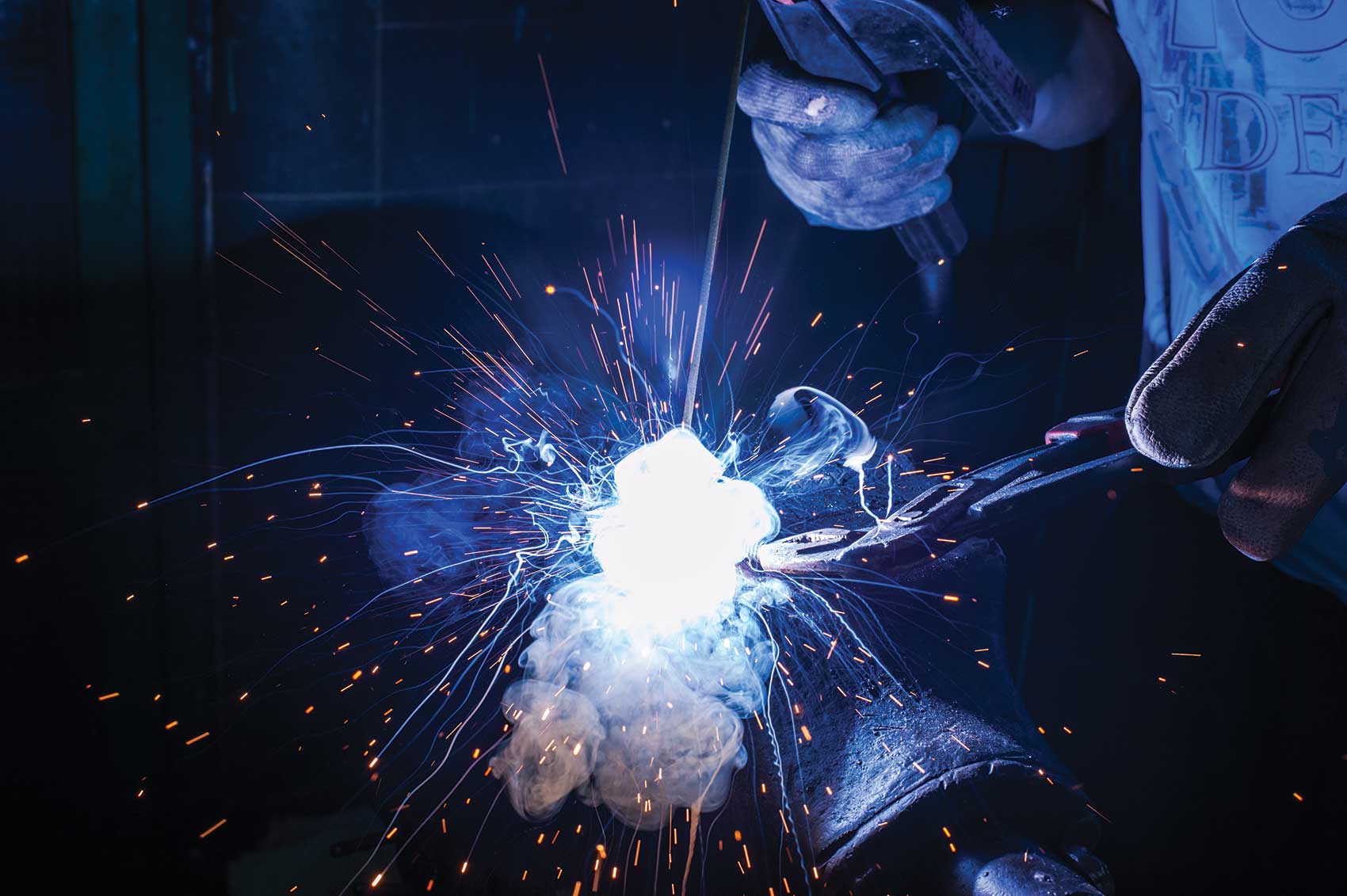The National Electrical Code (NFPA standard 70-1999) contains rules for all electrical products and systems. This includes low-voltage and limited-energy systems of all types ranging from telecommunications/LAN to fire alarm to closed-circuit TV systems used for security purposes. There are important reasons for making sure that low-voltage and limited-energy systems are installed in accordance with all applicable NEC requirements:
- Telephone—ringing voltages can be as high as 90 volts AC
- Audio—system voltages can be as high as 70 volts AC
- Shock hazard—Incorrectly-installed low-voltage wiring may accidentally become energized at line voltages, thus endangering both installer and users.
- Grounding—Proper grounding of communications circuits, CATV cables, TV and satellite dish masts, computer room raised floor systems, etc., is vital for both and performance reasons.
Proper installation of low-voltage and limited-energy systems to 1999 National Electrical Code safety requirements is so important that the National Electrical Contractors Association (NECA) has just published a new technical guide on the subject. In the meantime, here’s a quick rundown of 1999 Code changes affecting low-voltage and limited-energy installations:
Sections 230-82(4) and 230-94, Exception No. 4—Emergency Power. Circuits for emergency systems can no longer be connected to the supply side of the service disconnecting means. This will require a separate power service (a second feeder from the utility transformer out in the street, a generator, batteries, etc.) for emergency systems such as fire alarms, exit lights, etc.
Article 370, Part D—Manholes. With utility deregulation, responsibility for building and maintaining underground vaults and manholes, for both power distribution and communications systems, is increasingly falling on electrical contractors. New Part D blends existing NEC manhole requirements with those of the National Electrical Safety Code (the utility wiring code).
Section 410-15(b)—Lighting Poles. Metal poles for lighting fixtures can’t contain low-voltage or limited-energy circuits. Specifically, they have been defined as “”raceways”” which is intended to prevent conductors for security cameras, loudspeakers, etc, from being installed inside lighting poles with power wiring. The NEC usually tries to keep power and non-power wiring separate.
Article 640—Sound-Recording and Similar Equipment. Article 640 was completely re-written to update it technically and provide a clear, unambiguous article for the use the Authority Having Jurisdiction (i.e., electrical inspectors) when inspecting audio installations.
Section 770 – 770-52(a)—Optical Fiber Cable. A new rule states that raceways shall be of a type permitted by Chapter 3 (general wiring rules) unless specifically listed for use with fiber optic cables [770-6]. Rules on mixing optical fiber cables with power conductors were revised and expanded [770-52(a)].
Article 800—Telecommunications. Section 800-4 was revised to require that listed telecommunications equipment also comply with Section 110-3, general rules for equipment installed under the Code. A new rule states that raceways shall be of a type permitted by Chapter 3 (general wiring rules) unless specifically listed for use with communications circuits [800-48].
Article 810—Radio and Television Equipment. The scope of Article 810 was expanded to include satellite dish antennas.
Article 830—Network-Powered Broadband Communications Systems. This article was added to cover a new technology intended for interactive (two-way) internet access, movies on demand, multimedia, etc., and was pushed by the telecommunications industry led by Lucent Technologies. An example of a Network-Powered Broadband Communications System would be hybrid fiber coax (HFC) delivering video and telecommunications signals simultaneously, though this new article is not limited to that wiring method. Article 830 defines two different classifications of wiring. Low-Power Circuits operate at up to 100 volts, while Medium-Power Circuits can be rated as high as 150 volts.








Find Us on Socials